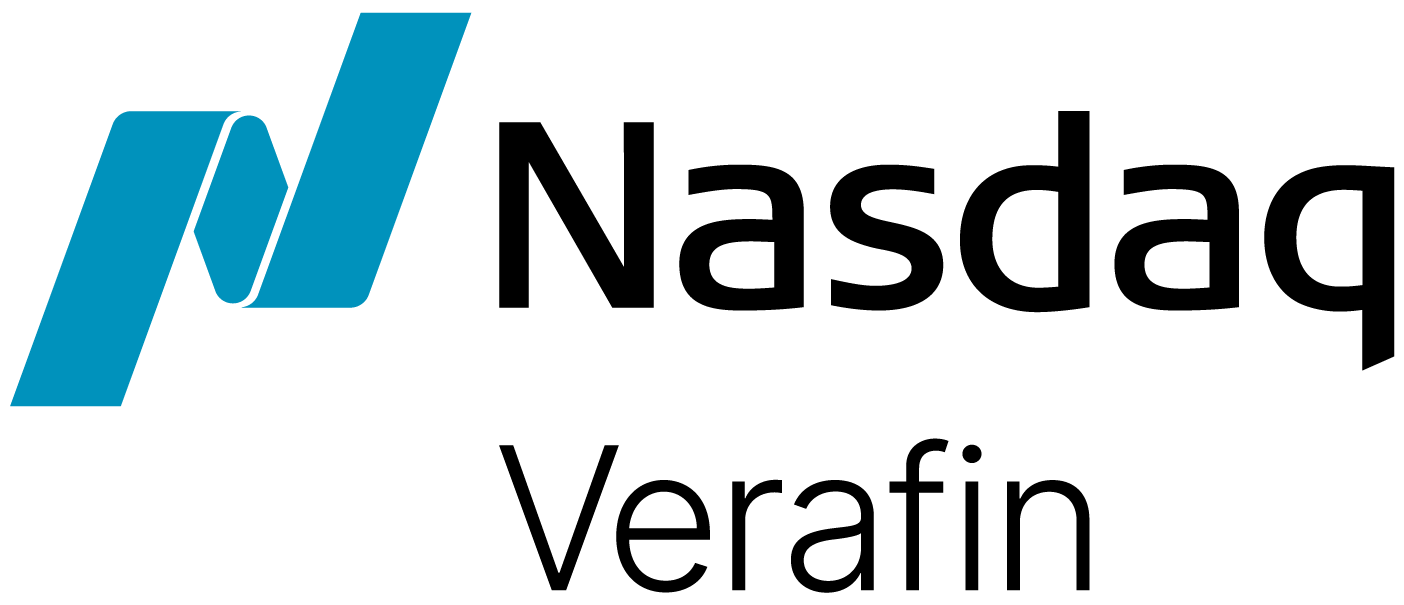Regulatory and law enforcement agencies are cautioning financial institutions about an increased use of illegal funnel accounts to launder proceeds from human smuggling, human trafficking and drug trafficking crimes. In light of the recent attention on this money laundering trend, I thought it would be useful to provide a brief overview of funnel accounts and how they are used to launder criminal proceeds.
What is a “funnel account”?
A funnel account (sometimes referred to as an interstate funnel account) is a method used to launder money that exploits branch networks of financial institutions. It involves illegal funds deposited into an account at one geographic location that gives criminals immediate access to the money via withdrawals in a different geographic location. The transaction amounts are kept under the AML reporting requirements in an attempt to avoid detection.
How Criminal Enterprises Use Funnel Accounts
Funnel accounts are opened by criminal organizations in the geographic area where the funds will be withdrawn, often locations along the southwest border of the U.S. The criminal organization provides the account number to co-conspirators around the U.S. who make cash deposits into the account from various geographic locations. The illicit funds are then immediately available for withdrawal by the criminal organization in the state in which the account was opened.
Alien smuggling organizations (ASOs) often use funnel accounts to receive illicit proceeds from U.S. based family members of foreign nationals living in Mexico and Central America who pay “coyotes” to smuggle their relatives into the United States across the southwest border. Deposits into funnel accounts can occur anywhere in the U.S. since individuals making payments to smuggling organizations can live in any part of the country.
One example of this was the case of Joel Mazariegos-Soto who led a human smuggling operation from rural upstate N.Y. where he also worked on a dairy farm, supposedly earning $8.50 an hour. Mazariegos-Soto and his associates operated multiple human smuggling drop houses in Arizona including one that contained 27 smuggled aliens and another that contained 40 smuggled aliens when these two stash houses were discovered by Homeland Security Investigations (HSI).
Mazariegos-Soto used an illegal funnel account to receive payments from individuals paying the group to smuggle their family members into the U.S. This account was then accessed by members of the smuggling organization working in Phoenix. Mazariegos-Soto laundered more than $70,000 in just a four month period.
Red Flags Indicators for Funnel Accounts
U.S. Immigration and Customs Enforcement (ICE) recently featured the topic of funnel accounts in their publication Cornerstone Report and provided the red flags listed below as potential indicators of this type of money laundering scheme.
- Account(s) with multiple deposits which are shortly transferred to other accounts
- Accounts with high aggregate dollar deposit activity but with low account balances
- Accounts with deposits from multiple, different individuals or companies
- Accounts with multiple deposits from multiple locations outside the banking area
- Accounts with multiple deposits from multiple sources (e.g., cash, ATM deposits, checks, wire transfers, etc.)
- Accounts opened in the U.S., by individuals temporarily within the U.S. who are bearing immigration identity documents (such as border crossing cards), then used to wire transfer funds back to Mexico
- Deposits are immediately (or within 1 to 2 days) withdrawn or wired from the account
- Accounts with an unusually high number of charge-backs
- Financial activity not commensurate with stated business or occupation of the depositing individual
- Anonymous cash deposits made in destination states [interior states] followed by rapid cash withdrawals made in source states [border states]
- Abrupt change in account activity
- Branch-shopping at various financial institutions to disguise nexus of the deposited funds with movements across the U.S. international borders.
Financial institutions would be well advised to incorporate these red flag indicators into their suspicious activity detection initiatives.
ICE’s bulletin which also walks through two case examples of illegal funnel accounts can be accessed here.



